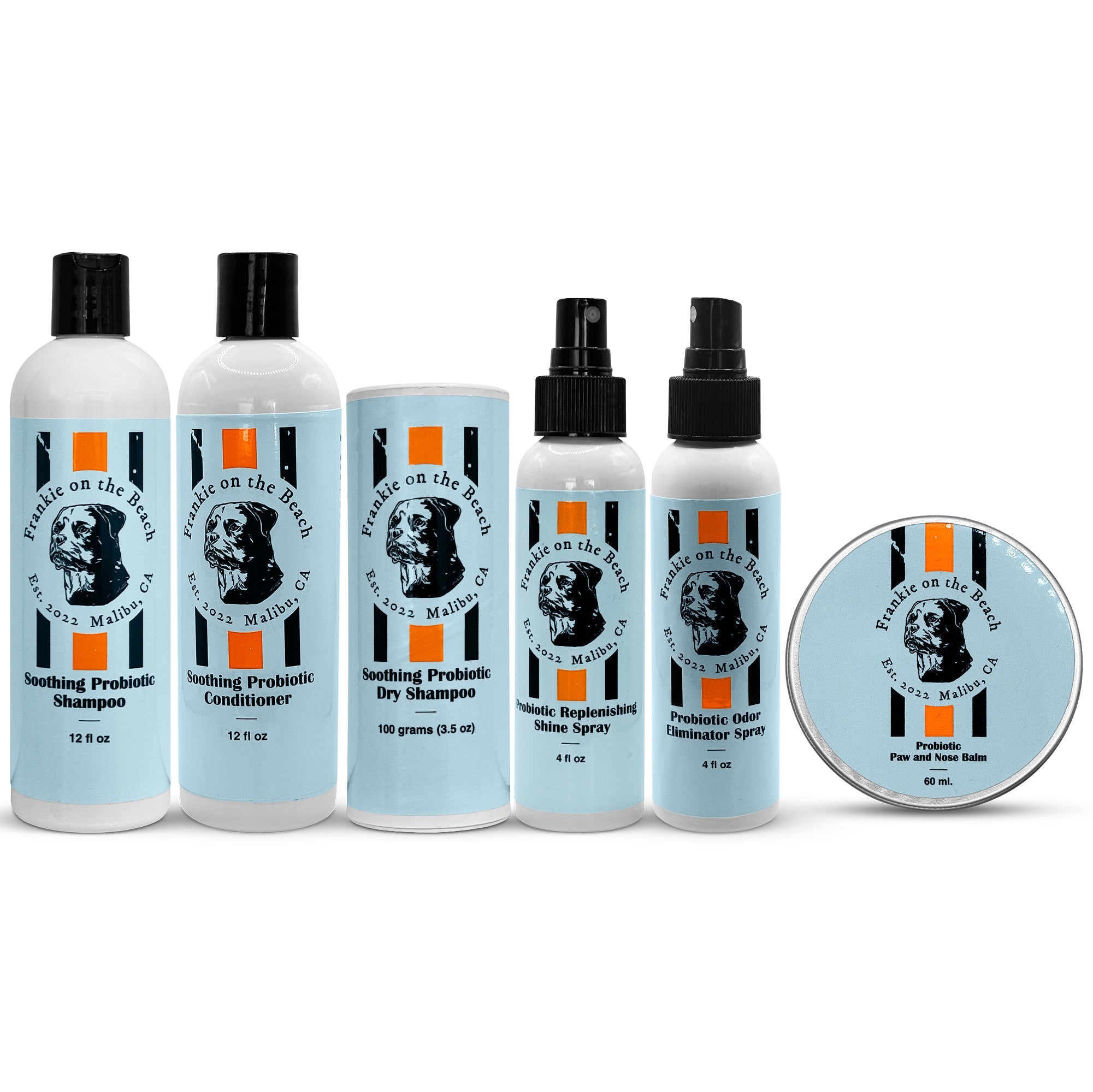Decoding Your Dog's Body Language: A Practical Guide
Dogs communicate much about their emotions and intentions through body language. By understanding these signals, owners can better cater to their pets' needs and strengthen their bond. Here’s a guide to deciphering some common canine gestures and expressions:
Tail Wagging
While often a sign of happiness, the way a dog wags its tail can indicate different emotions. A slow wag can mean insecurity, while a rapid wag may express excitement. Observing the tail's position is crucial; a tail wagged high usually signifies alertness or aggression, whereas a low wag indicates nervousness or submission.
Ear Positions
Ears are also expressive. Erect ears point to alertness or curiosity. If a dog's ears are flattened or pinned back, it might be scared or submissive.
Eye Contact
A dog's gaze can tell a lot about its mood. Soft eyes generally mean a dog is happy or content. In contrast, hard staring can be a sign of challenge or aggression. It’s also important to note that many dogs consider prolonged eye contact to be threatening.
Body Posture
A relaxed stance usually means a dog is comfortable. If a dog is stiffening up or leaning away, it could be anxious or scared. Conversely, a playful bow — front end down, back end up — is an invitation to play.
Mouth Expressions
A relaxed, slightly open mouth can indicate that a dog is calm and happy. On the other hand, a closed mouth or pulled back lips may signal tension or aggression.
Vocalizations
Barking, growling, whining, and howling are vocal expressions that, combined with body signals, can provide context about a dog’s emotional state. For instance, a growl during play is normal, but if combined with aggressive body language, it means something entirely different.
Conclusion
Understanding your dog's body language helps you respond to their feelings and needs effectively, creating a safer and more fulfilling relationship for both of you. As you spend more time with your dog, you'll learn to read these subtle cues and communicate more effectively, enhancing your bond and mutual respect.
